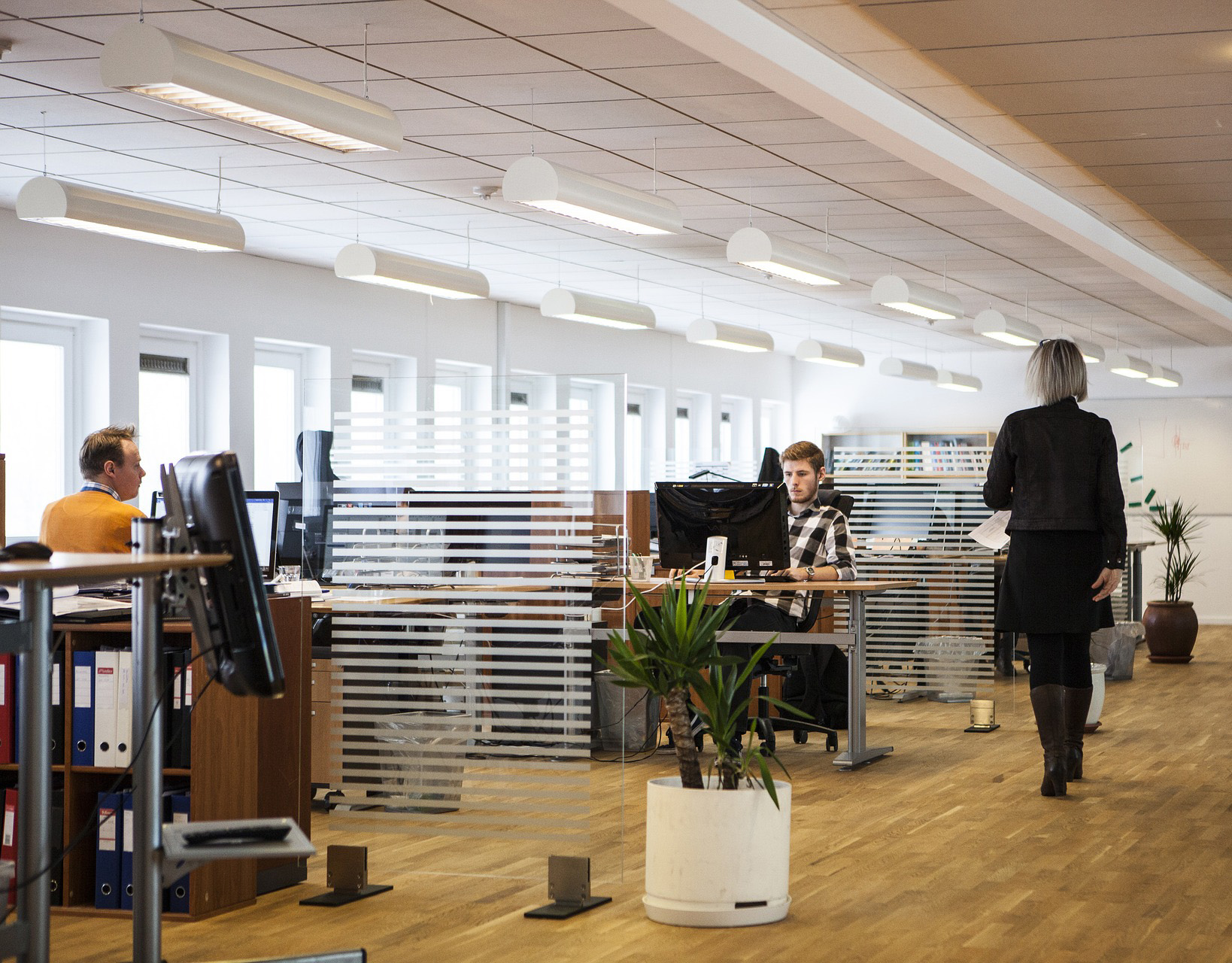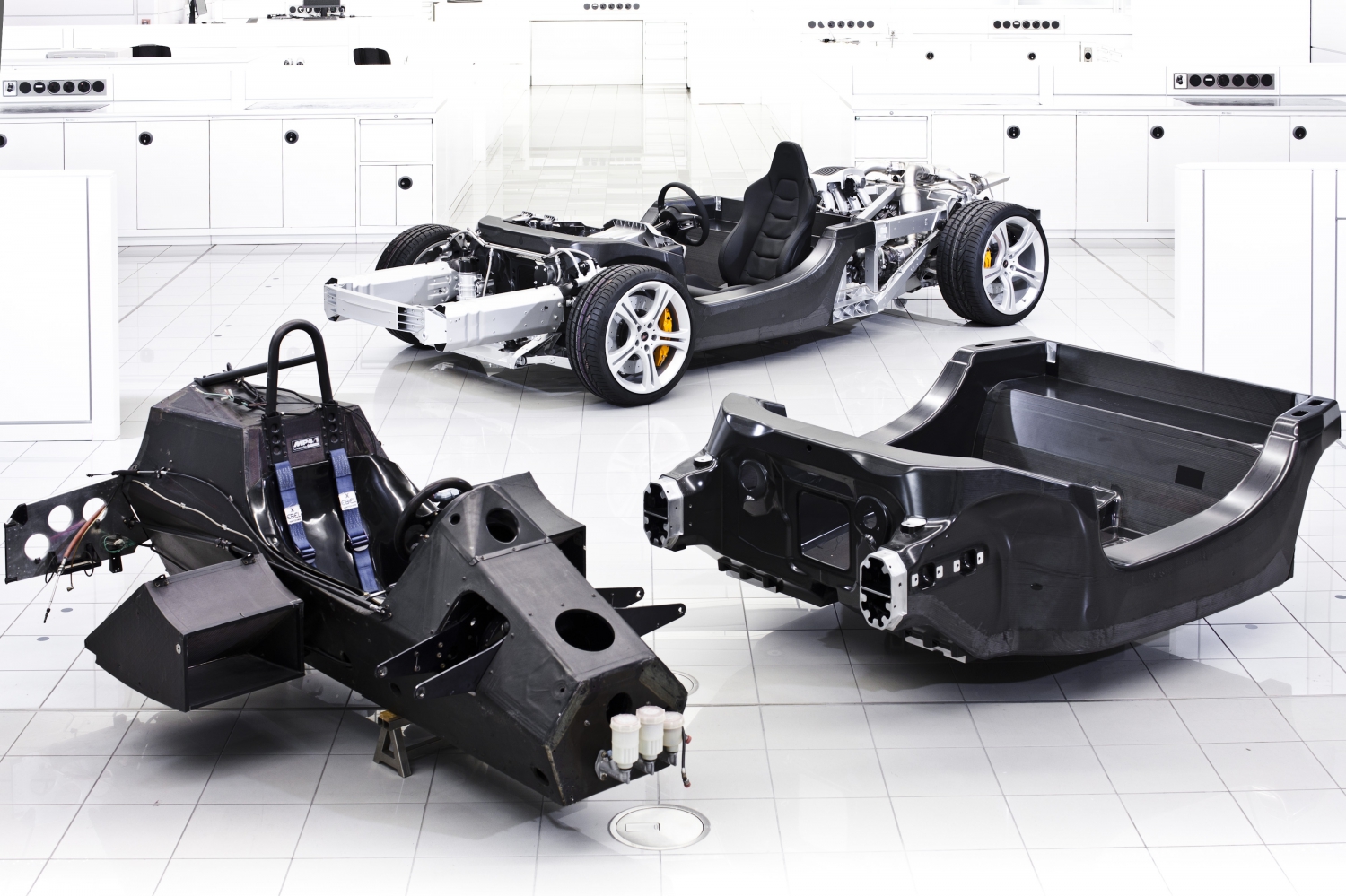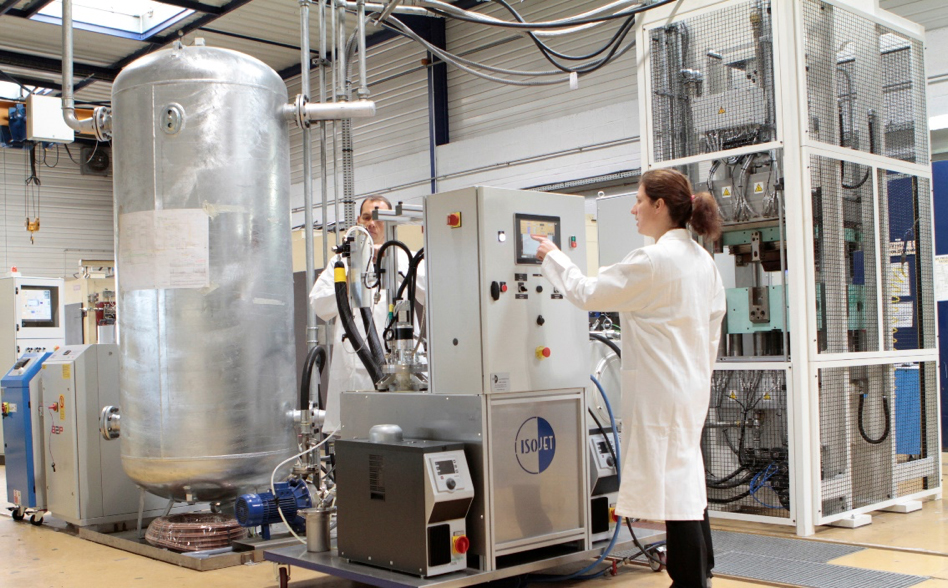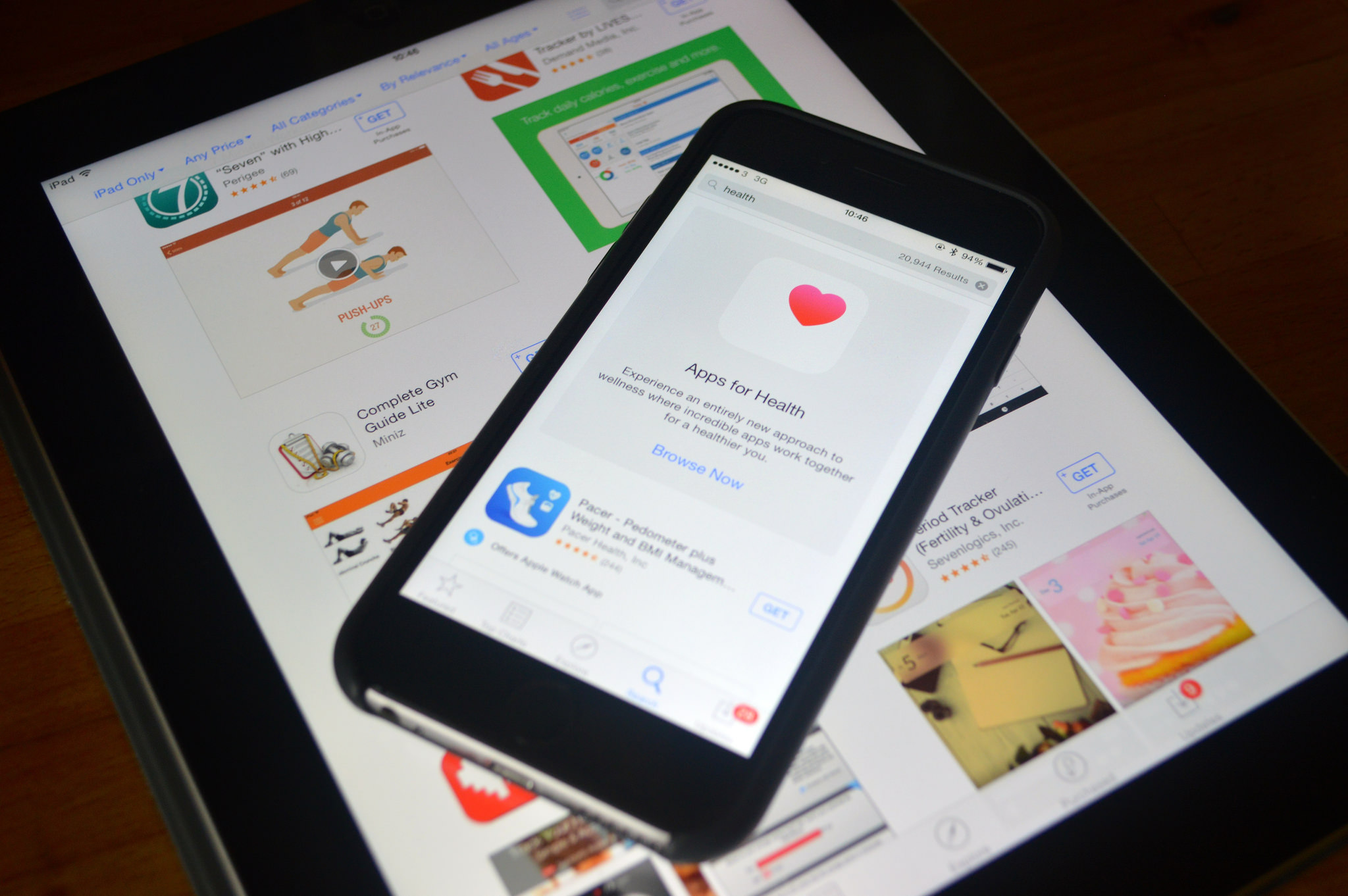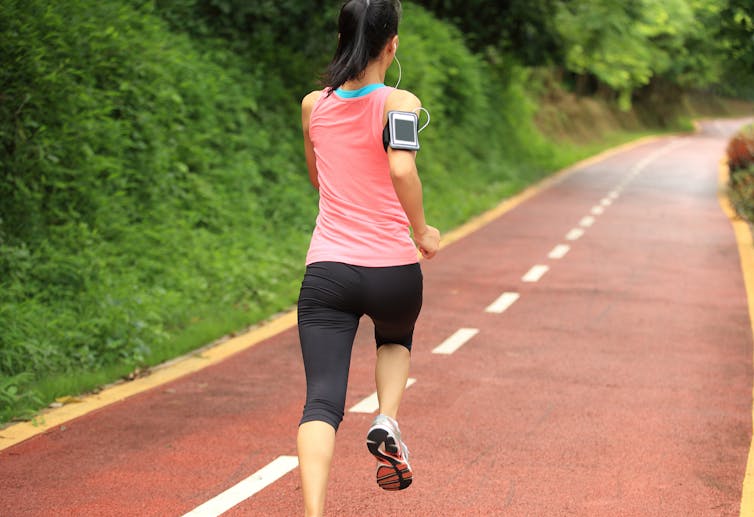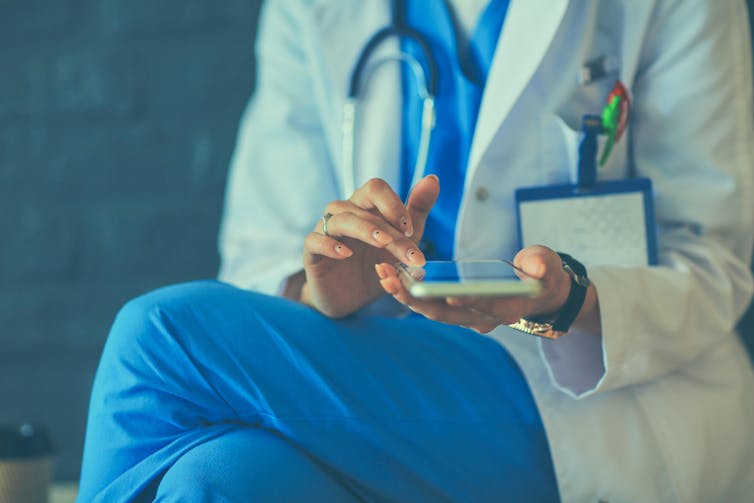Advancing scientific, technical and industrial literacy, a challenge for society – An interview with Guillaume Desbrosse
What is the role of a center for scientific literacy and what sort of work does its director do? What are the goals of the AMCSTI (Association of Museums and Centers for the Advancement of Scientific, Technical and Industrial Culture)? Guillaume Desbrosse, the Director of CCSTI La Rotonde Mines Saint-Étienne, who has recently been appointed president of the AMCSTI, explains the challenges and goals of organizations dedicated to scientific, technical and industrial literacy.
What are the goals of a center for scientific culture such as La Rotonde, and as the director of the center, what does your work involve?
La Rotonde’s goal is to share scientific, technical and industrial knowledge with the widest possible audience through different media, in order to respond to a challenge facing society: creating conditions for bringing people into contact with science. La Rotonde is a venue for an annual program of cultural events for the general public including exhibitions, theater, debates, workshops and conferences. At the same time, we develop activities “outside our walls” which allow us to reach out to populations who may not consider visiting a center for scientific culture: events, science education projects for schools, projects carried out with the city of St-Étienne cultural partners and many more. We are also a center for producing scientific literacy resources: exhibitions, children’s books, comic books, films etc. We use all forms of media to talk about science!
At La Rotonde I lead a team of nine people and we all work together to create and carry out projects. I’m in charge of coordinating the team’s work, responding to calls for projects, creating partnerships and collaborations with other organizations and developing strategies to expand the reach of La Rotonde and Mines St-Étienne. We’ve developed many different projects including Mondo Minot, an exhibition intended for very young visitors which gives children aged 2-7 the opportunity to discover science. It has been brought to life three times with a different version each time and has been presented in a number of venues in France. It is currently on display at Quai des Savoirs in Toulouse. We have also developed the Escapad project, an immersive children’s book which is associated with a tablet through an innovative, patented device. Esca’Pad takes 6-9-year-olds on a journey to explore the island of Madagascar, where we have partnerships with several research libraries and cultural sites. The project is produced through collaboration between La Rotonde, Avant-Goût Studio, and Universcience, which groups together La Cité des Sciences and Le Palais de la Découverte.
Read more on I’MTech At La Rotonde, the scientific mediation is based on experiments
How does the AMCSTI work?
It is an association which groups together 194 professional organization members, including very large organizations such as the Cité des Sciences et de l’Industrie or the Museum of Natural History as well as smaller associations throughout France.
Its purpose is to bring together different players around projects and themes so that professionals can meet one another, engage in dialogue and increase their expertise. It also works on strategic positioning on a national level and interactions with different ministries: it is necessary to establish contacts with the world of culture, education, tourism, innovation, industry etc. Scientific literacy leads to a cross-disciplinary approach. The AMCSTI fosters dialogue between the professionals who work in the field and carry out projects and the political representatives or local authorities who support these scientific literacy projects.
Can you tell us about your current or upcoming projects at AMSCTI?
Soon we will be launching new projects and establishing a strategic plan for the next three years. We’re working on developing themes: last year’s proposed area of focus was “Culture, beliefs and sciences.” The goal is to help citizens learn to think critically in order to face rising obscurantism and to steer the debate in the right direction by showing the differences between beliefs and knowledge. We are thinking about subjects involving innovation, to show how our association can be a source of collaboration in this field. We are closely linked with the world of business, industry and startups. In the coming months, we will also launch themes dedicated to healthcare. A working group is now studying vaccines, which is a controversial subject. Our fellow citizens’ growing resistance to science can be explained by a lack of dialogue or popularization programs and the pervasiveness of fake news and a certain vagueness in discourse. Our job is therefore to bring together the different players involved in the association to work on specific actions and themes. We strive to provide innovative, creative, high-level popularization programs for the general public in order to help people become more curious, learn to think critically and form their own opinions about the world of today and tomorrow.
[box type=”shadow” align=”” class=”” width=””]
![]() AMCSTI is the national network of scientific, technical and industrial culture professionals (CSTI). Museums, research organizations, zoos, universities, foundations etc. A wide range of players is represented within the association. AMCSTI supports its members and brings them together to foster the advancement and recognition of scientific, technical and industrial culture.
AMCSTI is the national network of scientific, technical and industrial culture professionals (CSTI). Museums, research organizations, zoos, universities, foundations etc. A wide range of players is represented within the association. AMCSTI supports its members and brings them together to foster the advancement and recognition of scientific, technical and industrial culture.
[/box]


